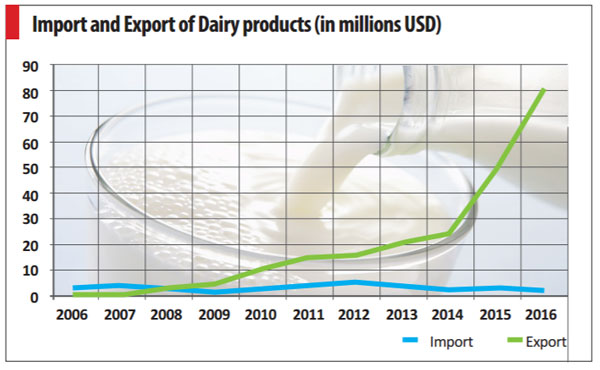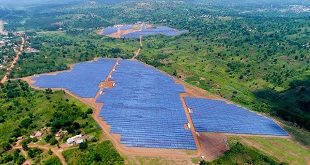
There are more reasons than just export performance to look at the dairy sector. Changes have also taken place at farm level.
The so much desired commercialisation of farming is slowly taking shape in dairy, but with the pace differing across the country. The trend was initially most prominent in the peri-urban areas of central Uganda, spurred by proximity to the Kampala market.
In southwest Uganda it manifested itself in two contradictory ways. On the one hand, farmers intensified production through cross-breeding the traditional Ankole cow with (mainly) Holstein-Friesian exotics and shifting from communal management practices to individual farming (fencing and developing water on the farm), as many farmers have done in Mbarara and Kiruhura Districts.
On the other hand, commercialisation also meant farmers critically assessing the contribution of dairy to their livelihoods, and exiting the sector when faced with better-earning alternatives, as farmers have done in (greater) Bushenyi, selling their animals to Rwanda and instead taking up coffee and tea production.
The two trends explain that whereas 20 years ago Bushenyi was the main milk producer in Uganda, milk surplus in the area is now minimal, and Kiruhura District has taken over as the area with the greatest milk surplus for sale to the market.
An important factor in dairy commercialisation is the price that farmers get for their milk. Low milk prices made it easy for Bushenyi farmers to decide to exit the dairy sector. For Kiruhura farmers, the price was less of a constraint, as the financial inputs into their farming system were fairly limited, and they could rely on continuing extensive grazing with their relatively large landholdings.
It was these low prices that attracted the foreign investors to set up processing factories in the area in the first place. And hence, farm gate prices up to recently often hovered around Shs500 per litre of milk in the rainy season, or 25 % of the prevailing world market prices.
Over the last one year that price trend has changed, due to increased competition at home and improved prices globally, with prices currently closer to Shs1,000 per litre, or just two-third of the world market prices!
Although the room to increase the price further is limited, it seems likely that farm gate prices will in the future more likely track global prices, rather than fall back to the dismal prices of previous years.
 The Independent Uganda: You get the Truth we Pay the Price
The Independent Uganda: You get the Truth we Pay the Price


